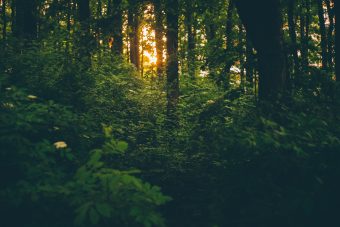
The COVID-19 pandemic might have scotched your vacation plans this year. But you can still bound through some of the world’s most iconic landscapes in a new online journey launched by the United Nations Environment Programme (UNEP).
A new interactive webpage allows netizens to explore three wildlife-rich forests: the Leuser in Indonesia, the Kayah-Karen in Thailand and Myanmar, and the Gran Chaco, which courses through Argentina, Paraguay, Bolivia and Brazil.
Through videos, photo essays and quizzes, the website offers an intimate look at the plants and animals that call these forests home.
“The site is designed to raise awareness about the myriad of threats facing forests, from logging to farming,” says Susan Gardner, Director of UNEP’s Ecosystems Division. “As our thirst for natural resources grows, we put increased pressure on the world’s forests, which are actually very delicate ecosystems. By highlighting how forests benefit both animals and humans, we hope to help preserve them for generations to come.”
Forests cover one-third of the Earth’s surface and are home to half of land animals and plants. Along with being a haven for wildlife, they produce oxygen, purify water and lock in carbon dioxide that would otherwise flood the atmosphere and drive global warming.
Every year, the world loses 4.7 million hectares of forests, an area bigger than Denmark. Many of those trees are felled to make way for cattle farms, palm plantations and soybean fields.
The new digital journeys underline how forests support both animals and humans. For example, the Leuser, a 2.6 million-hectare tract of lowland forest on the Indonesian island of Sumatra, is one of the most biodiverse places on the planet, home to everything from rhinos, to orangutans to tigers. Its eastern ranges alone also support nearly 6 million people.
More:
“Losing forests isn’t only bad for animals,” says Gardner. “In many places, deforestation is depriving people, many of them already poor and marginalized, of food, jobs and a chance at a better life.”
The new interactive webpage is part of the Wild for Life Campaign, a global effort, led by the UNEP, to raise awareness about the threats to wild animals. It is one in a series of online journeys. Others explore savannahs, coral reefs and peatlands.
Source: UNEP



